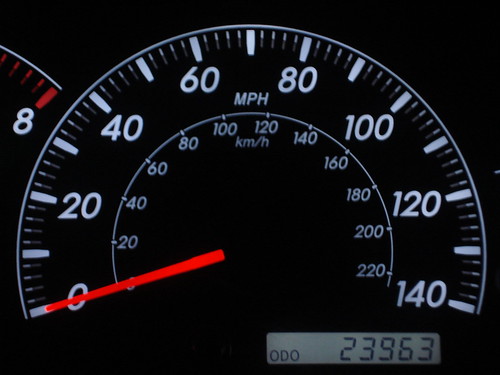
(Source: SUBCOMMITTEE ON TECHNOLOGY AND INNOVATION COMMITTEE ON SCIENCE AND TECHNOLOGY, UNITED STATES HOUSE OF REPRESENTATIVES)

(From L to R): Mr. David Matsuda, Ms. Catherine Ciarlo, Dr. Laurence Rilett, Mr. Steven Winkelman, and Mr. Mike Acott
On Tuesday, March 31, 2009, the Subcommittee on Technology and Innovation convened a hearing to address the research agenda required to mitigate the environmental impact of the transportation infrastructure on the environment, with an emphasis on climate change. Witnesses will address the components of such an agenda and possible implementation strategies.
This was the third in a series of hearings that the Subcommittee has convened on the impact of our transportation system on the environment. The first addressed regulatory barriers to the utilization of green technologies that mitigate surface water runoff from our roadways and parking areas. As a result, the Subcommittee reported H.R. 5161, the Green Transportation Infrastructure Research and Development Act, in the 110th Congress to address this issue.
The second hearing explored the R&D agenda required to improve energy efficiency and lessen the environmental impact of the pavements used in our transportation infrastructure. The focus of today’s hearing was to examine the R&D that is required to help mitigate the impact of our transportation infrastructure on the climate.
The press release from the event outlines the DOT’s efforts. The Department of Transportation (DOT) funds research on strategies to reduce the impact of the transportation sector on the environment, but the interest in addressing climate change is relatively new. The following research categories would support the reduction of carbon emissions from transportation:
• Forecasting and analytical tools to support state and local global warming studies;
• Tools to assess system performance;
• Travel behavior;
• Demand management;
• Congestion; and
• Energy use in materials.
“We need to think about improving the energy efficiency of our transportation system, not just the cars and trucks on it,” added Chariman David Wu. “For example, what are the modeling tools that would help communities develop an effective mixed-use transportation system of cars, buses, light rail, trolleys, and bikes like we have in Portland? If we are serious about congestion mitigation and traffic management, what’s required to realize these goals?”
Throughout the 111th Congress the Technology and Innovation Subcommittee will continue its work to decrease the impact of our transportations systems on the environment. In May 2007, the Subcommittee held a hearing to address the regulatory barriers preventing the utilization of green technologies. This hearing resulted in creation of H.R. 5161, the Green Transportation Infrastructure Research and Technology Transfer Act. In June of 2008, the Subcommittee held a hearing to review sustainable, energy-efficient transportation infrastructure.
Witness Statements (click the names below to access the respective witness’ testimony)
The testimony of U.S. Department of Transportation Acting Assistant Secretary for Transportation, Mr. David Wu, is in PDF viewer below and also available for download at the subcommittee website alongside the Chairman’s (David Wu) remarks and other witness testimonies.












